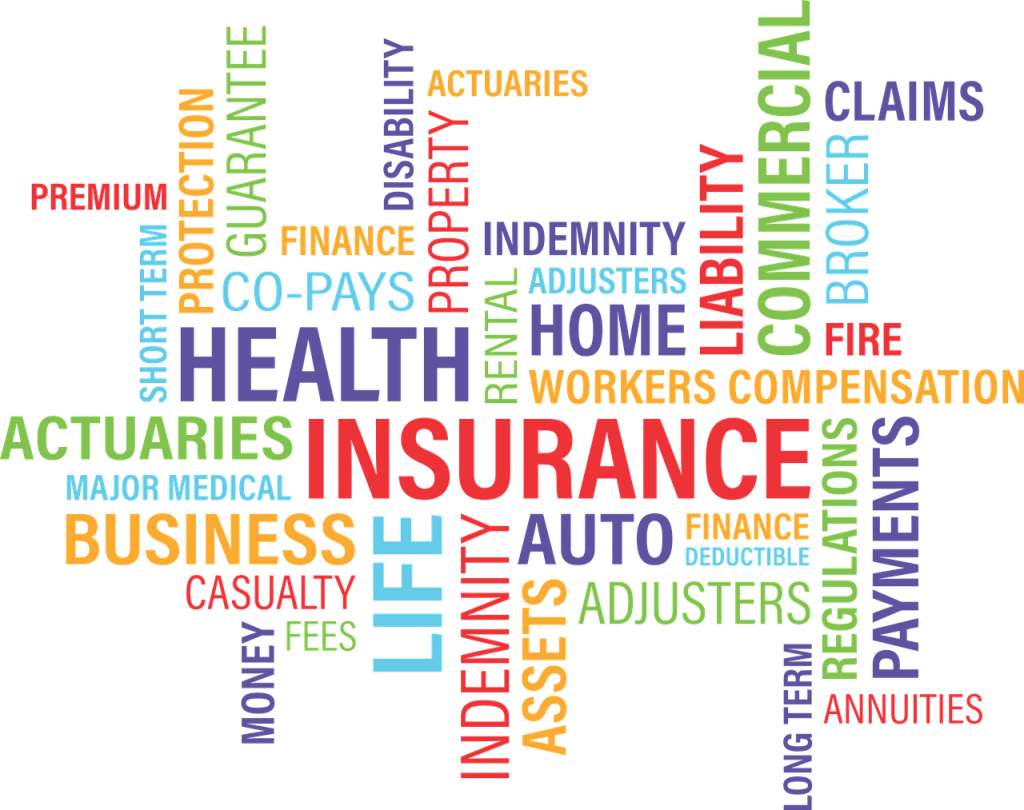Optimistic about the motor segment in the future – ICICI Lombard

Update on the Indian Equity Market:
The Indian indices opened the week in the red, reflecting global market weakness. Investors are concerned about the high inflation, which might accelerate the rate hikes. NIFTY ended 1.3% lower at 16,954 dragged by COALINDIA (-6.5%), BPCL (-6.0%), and TATASTEEL (-4.3%). BAJAJ-AUTO (+2.0%), HDFCBANK (+1.1%), and ICICIBANK (+1.0%) were some of the gainers.
Among the sectoral indices, BANK (+0.1%), and PRIVATE BANK (+0.1%) were the only gainers. REALTY (-3.8%), METAL (-2.9%), and OIL & GAS (-2.4%) led the sectoral laggards.
Excerpts of an interview with Mr. Bhargav Dasgupta, MD & CEO, ICICI Lombard (ICICIGI) published in The Economic Times on 22nd April 2022:
- ICICIGI announced 4Q and FY22 earnings, which include Bharti Axa business earnings. Considering the standalone numbers coupled with Bharti Axa, the profit growth for FY22 was ~5%.
- Considering the 4QFY22 quarterly profits, the growth was much better. The Company has outgrown the market.
- The combined ratio has increased, due to 2-3 factors. Looking at the integrated company suggests Bharti Axa’s combined ratio has always been high. ICICIGI expects to bring it under control in subsequent years. (The combined ratio is indirectly proportional to the profitability of general insurance companies).
- The profitability of ICICIGI was impacted due to three Covid-19 losses, which were ~ Rs 270mn in 4Q and ~Rs 5,500 mn for FY22. Another impact was due to the accounting methodology for insurance policies. The entire cost has to be accounted for upfront while the revenue (premium earned) is accounted for throughout the policy. In the case of a 12-month policy with a majority of the business undertaken in March, the full cost is accounted for in March while the topline is earned over the next 12 months.
- The CEO believes a long-term shift is on the way and health consumption behavior is going to change. The change he believes is not just due to the pandemic and digitisation but it has been a global trend for some time now. Health consumption is expected to be very personal, self-driven, and digitised in the long term.
- Traditionally health insurance in India has focussed on just the hospitalisation costs. But healthcare is about the continuum of preventive care, wellness, fitness, hygiene, and outpatient care. ICICIGI’s approach is providing the entire continuum of care including a pure insurance policy for OPD costs and wellness (preventive, advisory, and fitness).
- People are willing to consume health in a digital mode. Telehealth, video-based consulting, and increasingly home-based care if the ailment is not severe – there are the components ICICIGI has built on in the last 2 years and is now investing to scale up distribution.
- With the Bharti Axa acquisition, ICICIGI has inherited some of the crop insurance business. There, most of the commitments are for a longer time so ICICIGI will stay invested in that business for that period.
- In the previous year, the motor insurance sector has been tepid. The biggest shift that happened in FY22 was health insurance has become number one for the general insurance industry. Traditionally, the motor has been the biggest segment, but in FY22 the new vehicle sales were muted.
- ICICIGI expects growth momentum once the chip shortage issues are sorted in the next five-six months. It expects a pickup in rural demand for two-wheelers and is optimistic about the motor segment growth in the medium term.
- Health insurance is expected to continue to grow as it is a very underpenetrated sector.
- The company has taken small price hikes in motor insurance. On the health side, ICICIGI is not thinking of a price increase for its retail customers as it has profits of ~Rs 40-50 bn despite paying Rs 250bn Covid-19 claims.
- The Company is not planning an immediate price hike on the retail health portfolio as it believes there are one-off episodes that are unlikely to sustain. Healthcare inflation is a worry and ICICIGI believes there is a need for more discipline in terms of pricing. Should the healthcare providers inflate the cost of healthcare, the Company may have to increase its prices.
Asset Multiplier Comments:
- We expect a recovery in the motor segment as new car registrations are expected to recover with the improvement in supply chain and semiconductor availability.
- With an increase in hiring across sectors, the growth in group health premiums is expected to continue. the pandemic has boosted the demand for such policies.
- Headwinds due to loss of market share in the individual health insurance segment, and aggression by new-age large players are expected to hurt the profitability in the short term.
Consensus Estimate: (Source: Marketscreener website)
- The closing price of ICICIGI was ₹ 1,315/- as of 25-Apr-2022. It traded at 35x/ 28x the consensus earnings estimate of ₹ 38/47 for FY23E/FY24E respectively.
- The consensus target price of ₹ 1,556/- implies a P/E Multiple of 33x on the FY24E EPS estimate of ₹ 47/-
Disclaimer: “The views expressed are for information purposes only. The information provided herein should not be considered as investment advice or research recommendation. The users should rely on their own research and analysis and should consult their own investment advisors to determine the merit, risks, and suitability of the information provided.”


